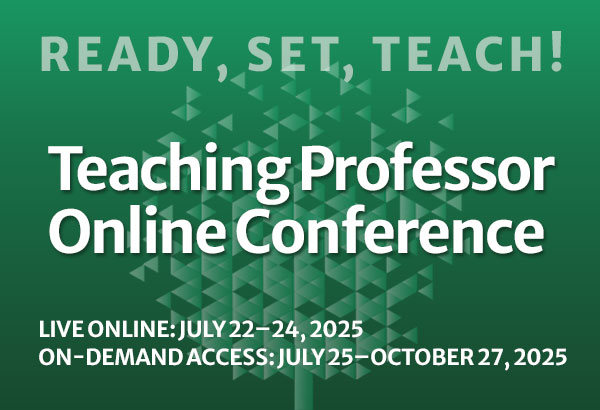Shortcomings of an online course are not always obvious to the person who created it or teaches it. That is why it is helpful to seek other sources of information to determine whether a course is meeting its objectives. Mary Hricko, library director and associate professor of library and media services at Kent State University Geauga Campus and Twinsburg Center, recommends doing this in the following three ways:
- Have colleagues review your course. Once you finish creating your course, have colleagues go through it to see if they have any feedback on how well it is laid out and whether they have suggestions for improving it. These extra sets of eyes can help you find design flaws or content oversights that you otherwise might not have noticed.
- Seek student feedback. After each course module, send a general email to students asking what didn’t you understand? or what worked, and what didn’t? Not only will this feedback help as you modify the course for next time, but it can also point to changes that can be made in subsequent modules with the current group of students. “The greatness of the Web-based environment is the flexibility to modify lessons to accommodate your students as you get to know them online,” Hricko says.
- Look for patterns of errors. If students are having trouble with a particular concept or experiencing common technical glitches, these could indicate areas for improvement. Again, things that seem to work well from the instructor’s perspective might not work as well on the students’ end.
Reprinted from Online Classroom, December 2006.
Post Views: 1,945





